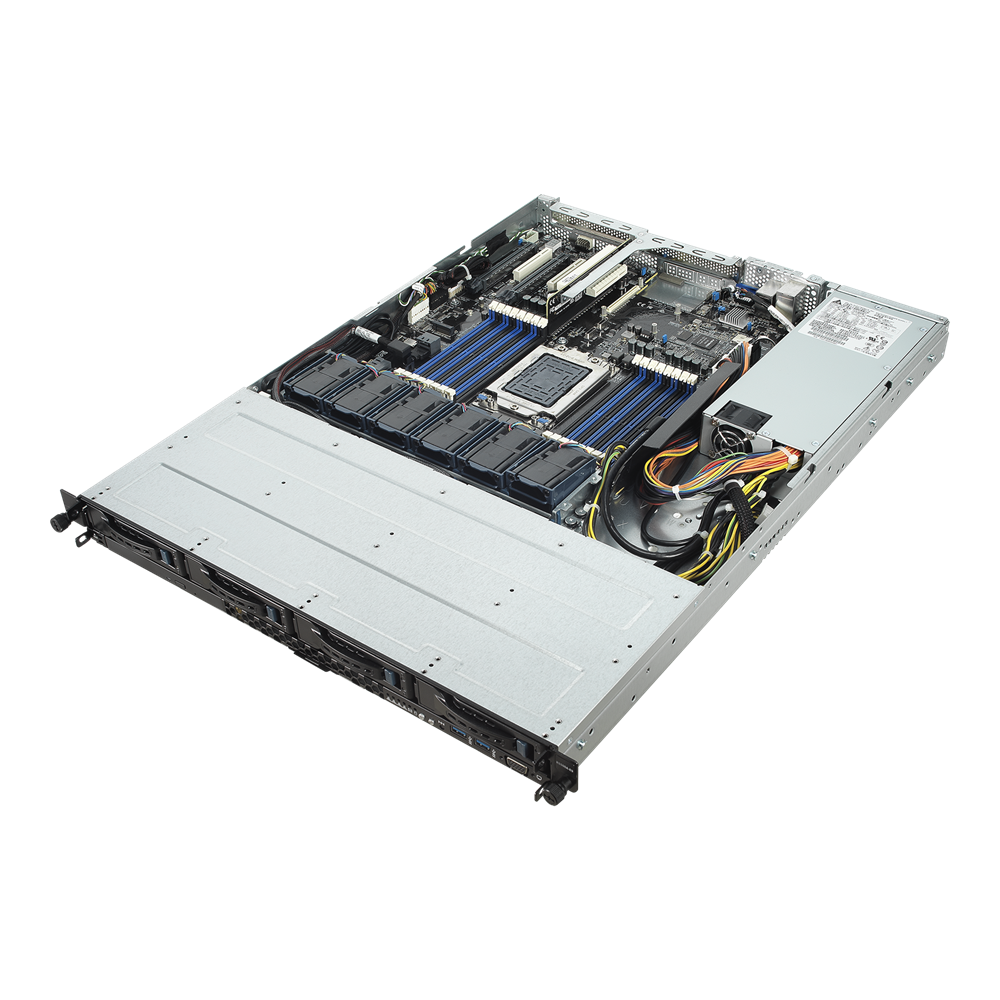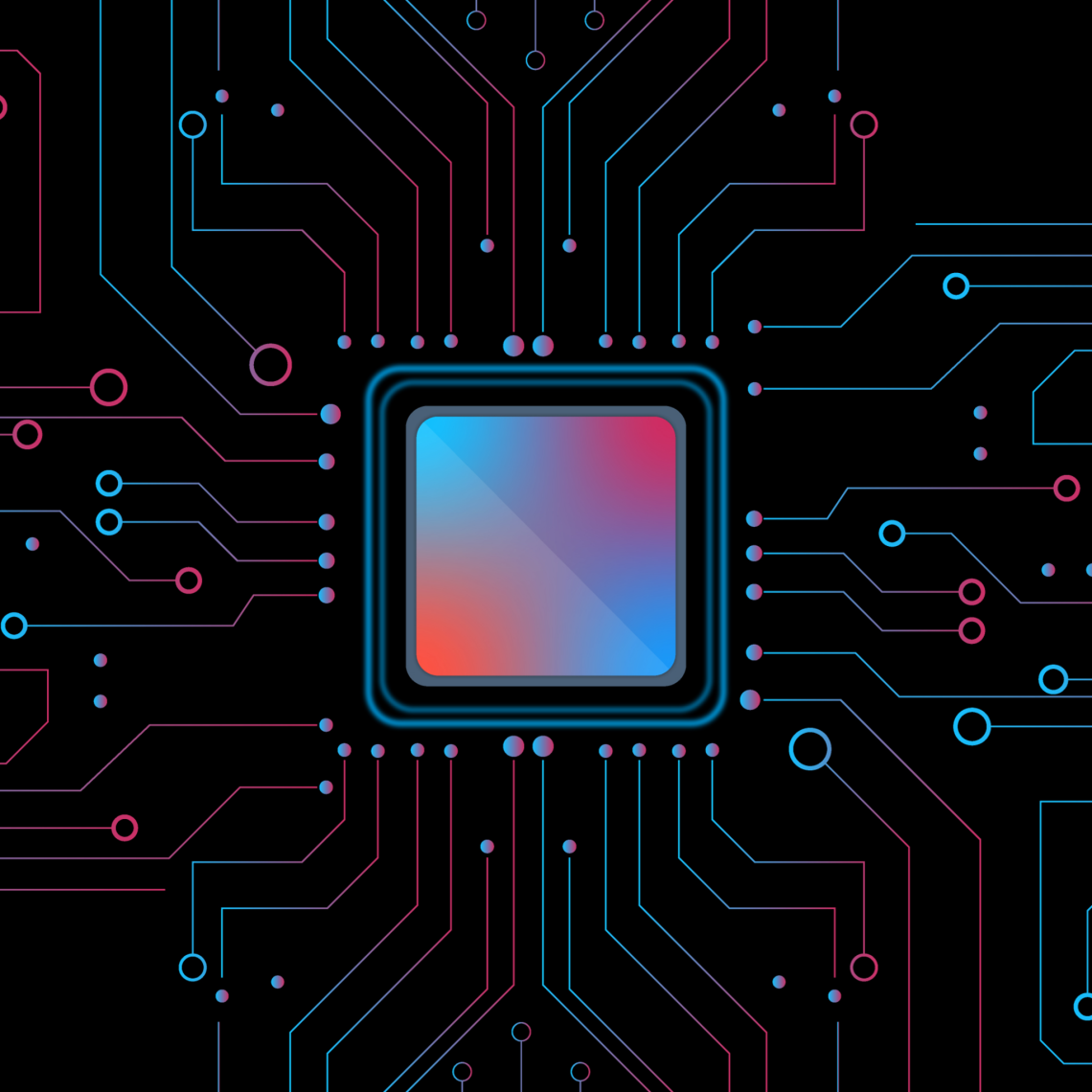Introduction In the gaming world, understanding the hardware behind your console can significantly enhance your experience. One of the most crucial components of the PlayStation 4, commonly known as the PS4, is its CPU. The PS4 CPU plays a major role in determining how smoothly games run and how immersive…
-
-
How to Improve CPU Performance In today’s technology-driven world, the performance of your CPU is crucial. Whether you’re using a computer for work, gaming, or casual browsing, a well-performing CPU ensures a smooth experience. CPU performance directly impacts your computer’s speed and responsiveness.Hence, learning how to improve CPU performance is…
-
Introduction Welcome to the discussion on the best CPUs for the mighty RTX 3060 Ti – a popular GPU choice for balancing cost and performance in gaming and creative tasks. Securing the ideal CPU for this powerhouse is crucial to unleash its full potential and to provide a seamless computing…
-
Understanding CPU Temperature Ranges Understanding CPU temperature ranges is crucial for the longevity and performance of your computer. Here’s what you need to know: The ideal operating range for most CPUs is between 30 to 70 degrees Celsius. When performing intensive tasks, such as gaming or video editing, temps might…
-
Understanding CPU Temperatures and Performance Understanding CPU temperature is crucial for maintaining a healthy system. A CPU, or central processing unit, is the brain of your computer. It handles most tasks and can get very hot. When we talk about performance, temperature plays a significant role. High temperatures can decrease…
-
Introduction to CPU Time and Performance Metrics Understanding CPU time is essential for anyone involved in performance analysis or system optimization. CPU time refers to the actual time a CPU spends processing data for a program, as opposed to waiting for other operations such as input/output processes. It is a…
-
How to Monitor and Check Your CPU Temperature To keep your CPU in good health, regular temperature checks are key. Monitoring Tools for Windows, Mac, and Linux For Windows users, Speccy and MSI Afterburner are top tools for monitoring CPU temperature. Mac owners can use Fanny; it provides quick temp…
-
Part 1: Understanding Bluetooth Transmitters Bluetooth transmitters are devices that allow you to stream audio from a non-Bluetooth device to a Bluetooth-enabled speaker or headphones. They are perfect for those who want to enjoy their favorite music or podcasts from their non-Bluetooth devices, such as TVs, MP3 players, or old…







